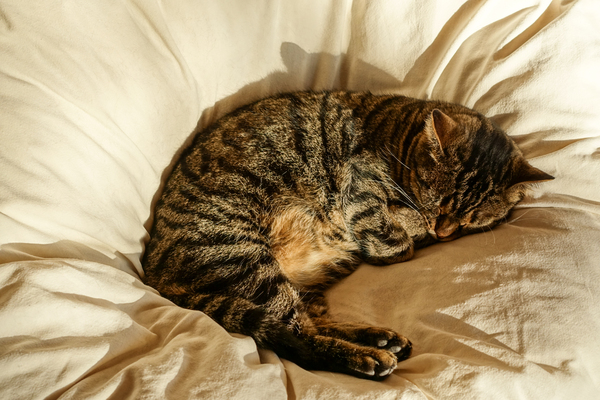The Psychology of Felines: Litter Box Preferences and Behaviors
The Psychology of Felines: Litter Box Preferences and Behaviors
Blog Article

Cat litter and litter boxes play a pivotal role in the lives of both felines and their owners. From the modest starts of sand and soil to the innovative advancements of today, the world of cat litter has developed substantially. In this thorough guide, we look into every aspect of cat litter and litter boxes, exploring their history, types, benefits, challenges, and everything in between.
The history of cat litter dates back centuries, with ancient civilizations using sand, soil, and even ashes as primitive litter materials. However, it wasn't until the mid-20th century that modern cat litter as we understand it emerged. In 1947, Edward copyright introduced the world's first commercial cat litter made from absorbent clay, transforming the way cats relieved themselves indoors. Since then, cat litter has undergone many improvements, with the intro of clumping litter, silica gel litter, eco-friendly alternatives, and more.
Today, feline owners are ruined for choice when it comes to selecting the right litter for their feline buddies. Standard clay litter stays popular for its cost and effectiveness in absorbing odors. Clumping litter, which forms strong clumps when wet, streamlines cleaning and maintenance. Silica gel litter, composed of extremely absorbent silica crystals, uses exceptional odor control and longevity. Eco-friendly alternatives, such as recycled paper, wood pellets, corn, and wheat, attract environmentally conscious customers.
Each kind of cat litter provides unique benefits. Clay litter excels in its ability to soak up wetness and control odors, making it a dependable choice for lots of cat owners. Clumping litter simplifies day-to-day scooping and extends the time in between complete litter modifications. Silica gel litter provides exceptional odor control and can last longer in between replacements. Eco-friendly litters offer a sustainable option that reduces environmental effect.
While cat litter enhances indoor feline health, it is not without its challenges. Dust from clay litter can pose respiratory threats for both cats and humans, triggering the popularity of dust-free options. Some felines might develop litter box aversion due to concerns with texture, fragrance, or tidiness, necessitating experimentation with various litters and box configurations. Multi-cat families might require tactical litter box placement and regular maintenance to prevent territorial disagreements and ensure cat litter robot all felines have access to tidy facilities.
Picking the suitable litter box is necessary for promoting positive litter box routines and general feline wellness. Factors to think about consist of size, accessibility, and style choices. Covered litter boxes provide personal privacy and aid consist of odors, however some cats may find them restricting or intimidating. Open-top litter boxes use easy access and exposure however may lead to cat litter boxes more litter scatter. Automatic self-cleaning litter boxes improve upkeep however need regular monitoring and upkeep.
Proper litter box upkeep is vital for ensuring a tidy and welcoming environment for both cats and their owners. Daily scooping eliminates waste quickly, decreasing odor and preventing litter box aversion. Regular litter replacement, normally every 1-2 weeks, prevents bacterial buildup and preserves optimum absorbency. Thorough cleansing with mild detergent and water, avoiding severe chemicals that may prevent felines from utilizing the box, need to be carried out monthly.
Cat litter and litter boxes play a central role in promoting a healthy and unified relationship in between felines and their human companions. With a varied selection of litter choices and litter box styles readily available, feline owners have the flexibility to customize their options to match their cat litter boxes felines' choices and household needs. By understanding the advancement, types, advantages, and challenges of cat litter and litter boxes, pet owners can provide their feline buddies with a comfy and sanitary indoor environment.